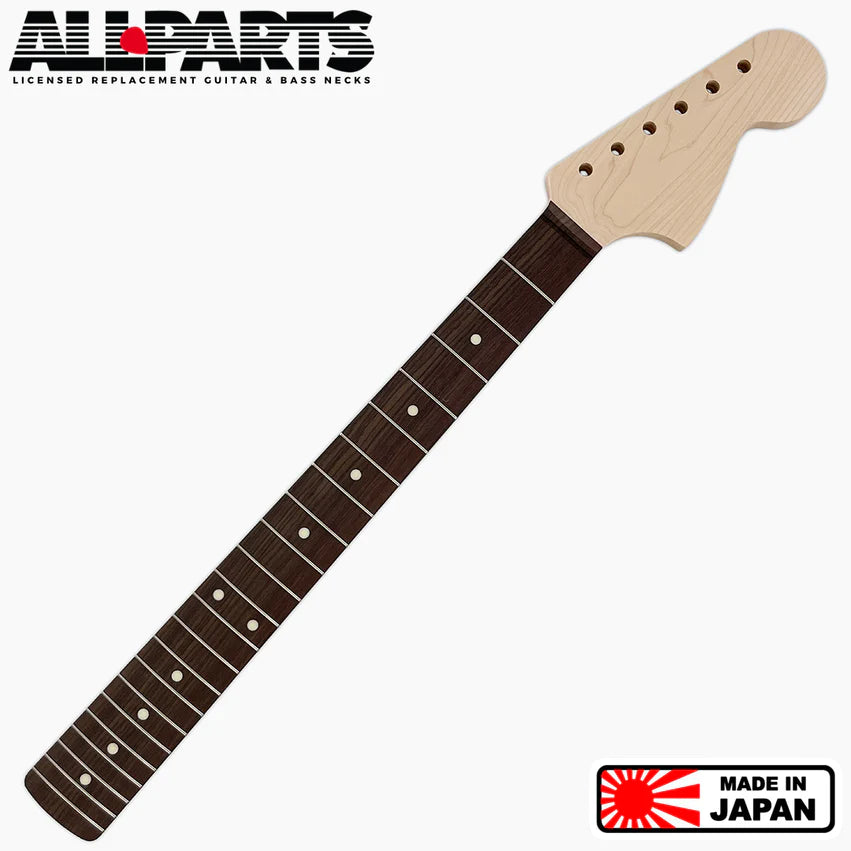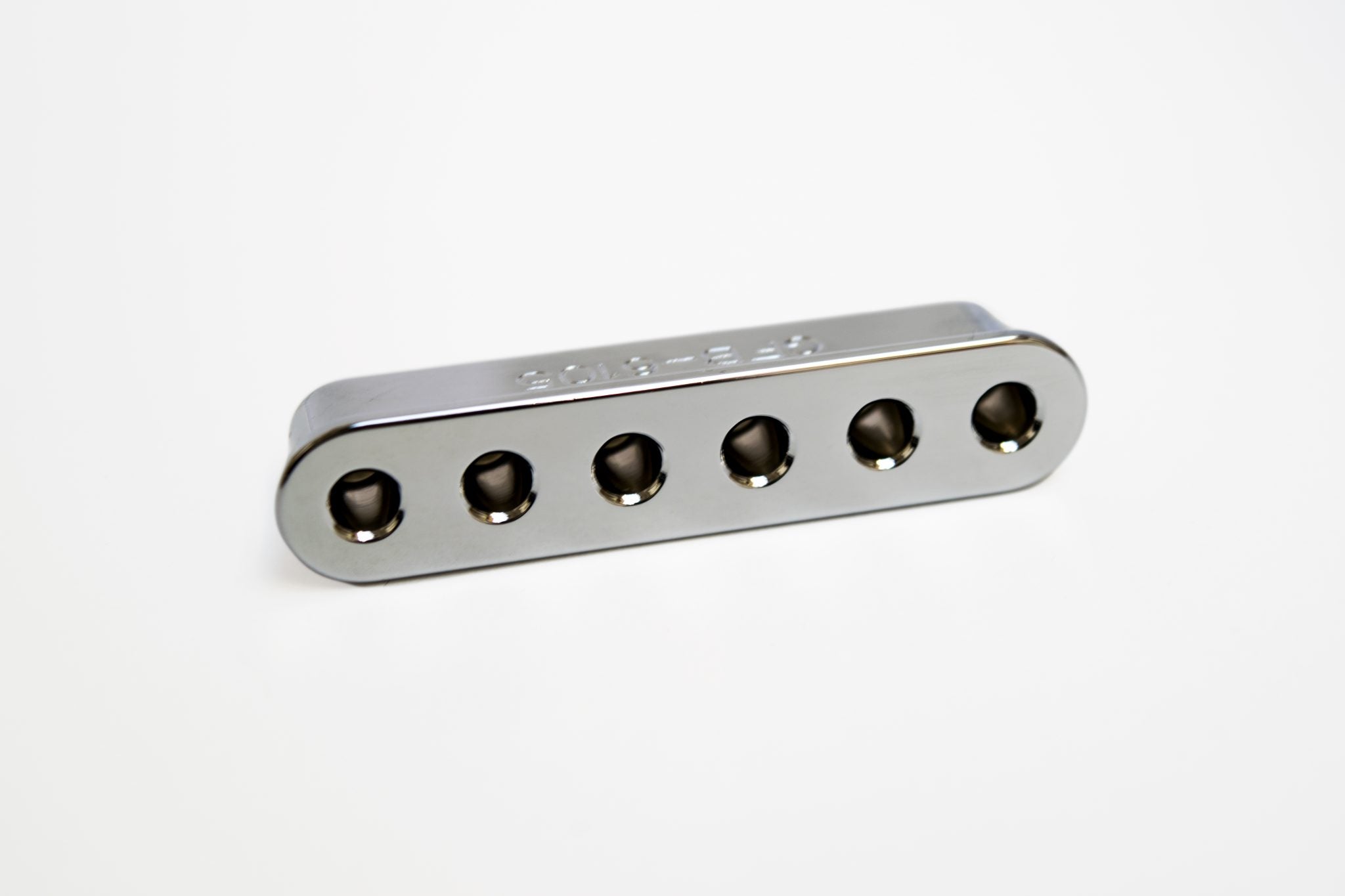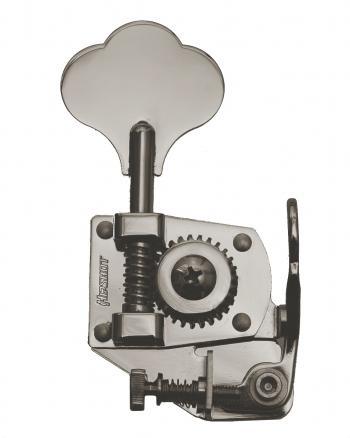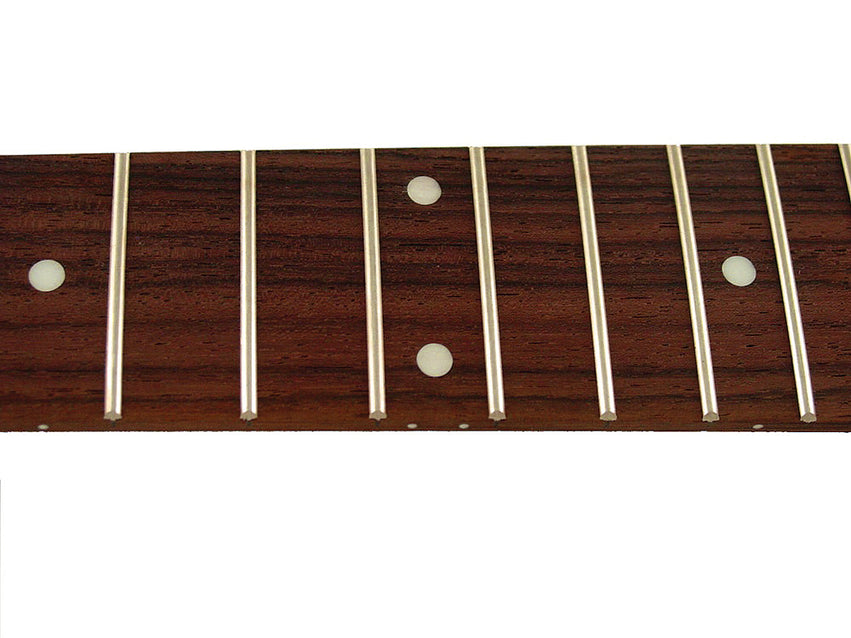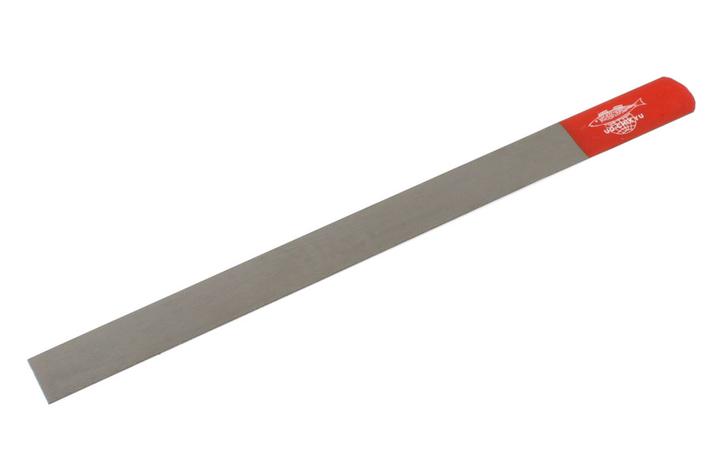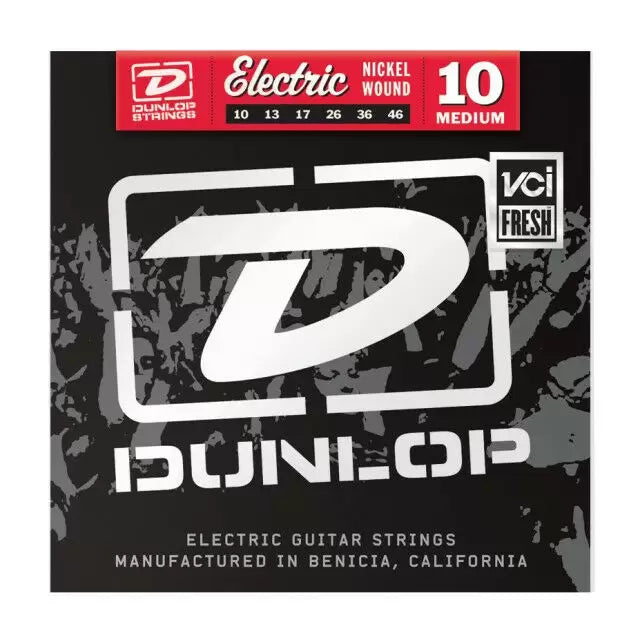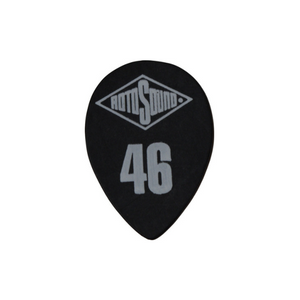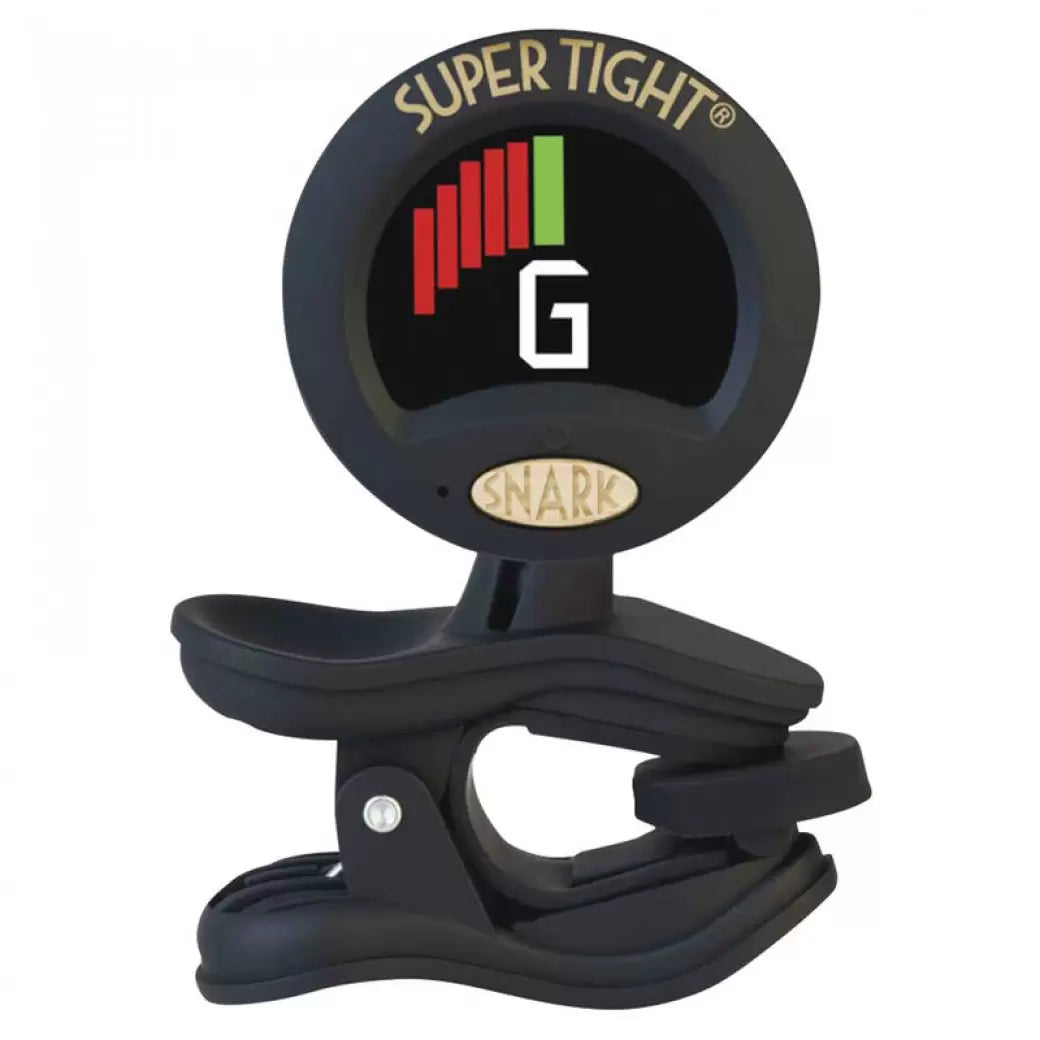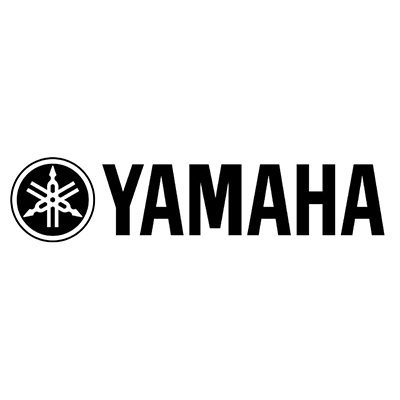What is a Zero Fret Nut?
A Zero Fret Nut is a replacement/alternative for the typical bone or plastic guitar nut. A fret sits in front of a smaller nut at the end of the neck; the fret holds the strings at the correct distance above the rest of the frets whilst the separate nut keeps the correct string spacing.
Other versions of the Zero Fret Nut include designs that utilise brass nuts for improved sustain and intonation as well as models that exclude the use of nut completely.
What are the benefits of using a Zero Fret Nut?
Users of Zero Fret Nuts typically describe an improvement in the tone of the open string; as the open note uses a fret, a fretted note and open note would be similar sounding.
A common issue that the Zero Fret Nut addresses is binding at the nut. Because of the narrow slots, a conventional nut applies added pressure and friction to the strings making it difficult to adjust or keep an instrument in tune, especially after aggressive playing or bending of the strings. A zero fret reduces friction at the nut and allows the string to move freely back and forth. The nut simply acts as a guide for the string.
Another added benefit is the facility to use varying gauges of strings. If you were to enlarge the slots on a conventional nut for thicker strings, it would be common to then have to change the nut out completely if you were to return to using smaller strings. You’ll find that this isn’t needed with a Zero Fret Nut.
What’s the problem with the them?
A shorter or non-elevated fret at the nut will result in a lower action. A lower action can introduce buzzing and intonation issues. A quick fix would be to raise the bridge saddles slightly.
Wear and tear of the fret is a common issue as, over time, the back and forth movement of the strings create small grooves in the fret. This can potentially lead to additional string wear and intonation problems. A simple fix – the fret will have to be replaced regularly depending on the playing “milage”.
Does your guitar need one?
There are many causes and solutions to poor tuning accuracy and stability. If it’s an issue your guitar is having, addressing the nut is probably the first place to start. A Zero Glide Nut may well be an option to consider.





